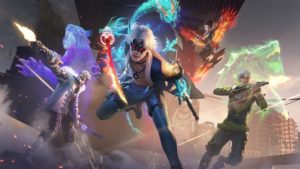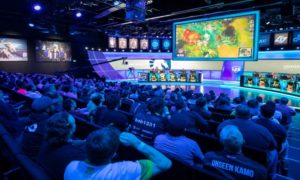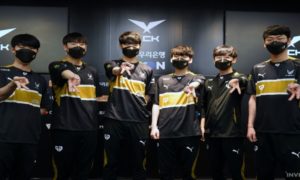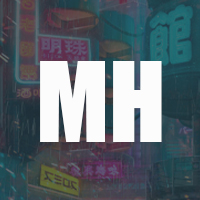Although quite a lot of video game and esports fans still look down on mobile games, by now the mobile gaming market has actually overtaken both PC and console gaming – so it’s no wonder that mobile esports are also taking off. What seemed like a ridiculous idea not long ago (after all, who wants to compete on their phone?) is now an attraction that pulls millions of viewers to every major event.
Some regions have seen this trend more strongly than others – for example, in China, mobile gaming is exceptionally huge. The same is true in Latin America. The South American region is exceptionally fond of competitive mobile games… and Garena Free Fire is chief among them. While in many parts of Europe a lot of gamers have never even heard of the game, the Battle Royale mobile game has more than 350 million players.
Released in 2017, the game has quite a lot of things to thank for its popularity, among them the diverse cast, large map, good range of weapons and of course the most important of it all – the accessibility of a mobile game. Many who can’t play on PC or console have the option of using their phones to play.
“Free Fire was born from the insight that gamers wanted a battle royale game designed specifically for mobile phones,” Harold Teo, Producer of Garena Free Fire, said. “With that in mind, Free Fire was developed with the game and playable on almost all mobile devices. We focus on accessibility and ease-of-play so that our game can be enjoyed on almost any smartphone — from mid-tier handsets to the latest iPhones.”
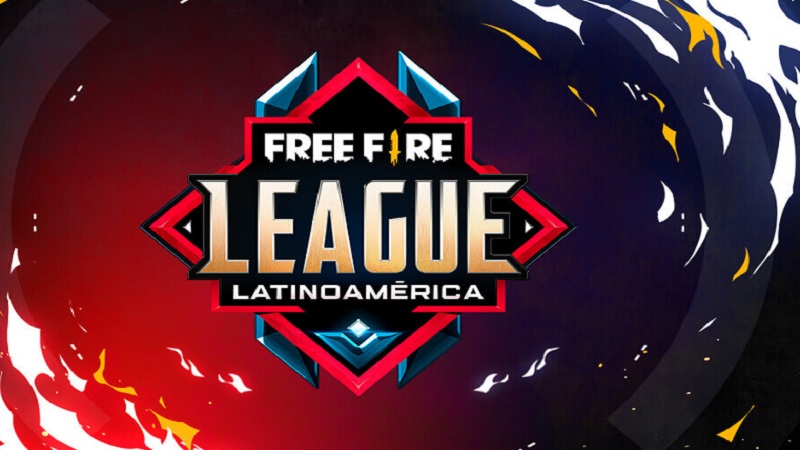
The LatAm region
South America has, traditionally, lagged behind areas like Asia or Europe when it comes to gaming – economic situations alone make it difficult for many to find the disposable income to play even as a hobby, much less professionally. This hasn’t changed, however several game developers have realised the enormous potential of the region and have focused their attentions there. Garena is no exception – their level up system encourages competition and participation in events, leading to a potential pool of talented players. Especially in Brazil and Mexico, the game is incredibly popular.
The inaugural World Series in Rio de Janeiro, Brazil, set several viewership records (including exceeding a million concurrent views more than once) and made it on the top 5 list of most-watched esports streams of that year, competing with the likes of the League of Legends WCS – no small feat for a game that was at the time barely 2 years old. In the most recent event, the 2021 Singapore edition of the Free Fire World Series, three teams from Latin America competed in the final, ranking second, fourth, and seventh respectively.
Free Fire
There are few other games where Latin American gamers are so strongly represented – South American esports talent is a huge part of the professional and semi-professional Free Fire world. The developers at Garena have outright said that they want to continue focusing their attention on the region, as they see even more potential for growth there. Despite the challenges that Covid-19 has presented, especially in regions like Brazil, Free Fire has had successful events – just not in person.
Instead, online-only competitions were held – and they were no less popular than the ‘standard’ type. Quite the opposite actually. The LBFF Spring Split in Brazil peaked at 1.14 million viewers – that’s nearly double what it was at the first event of its kind in 2019. It’s also the second time in a row the game’s finals have exceeded a million simultaneous viewers in a row. Trends all point in one direction – up. Garena Free Fire is by no means done – their expansion plans in LatAm and out of it promise there’s much more to come.
If you are interested in esports betting, do not miss our guide on how to bet on esports.

